The Best Fertility Trackers To Get Pregnant
Do you track your menstrual cycle? Are you in tune with your fertile window? Whether you’re trying to conceive (or balance your hormones before conception) mastering your menstrual cycle is key. After all, this can help you gauge your cycle’s length, improve your egg quality, and time ovulation. Without further ado, we’re diving into fertility trackers—with the goal to improve the odds of conceiving, naturally. These fertility trackers seamlessly blend innovation and precision to help you optimize your fertility. Together, let’s uncover the best fertility tracker devices! Ultimately, these can revolutionize the way you approach family planning and reproductive well-being.
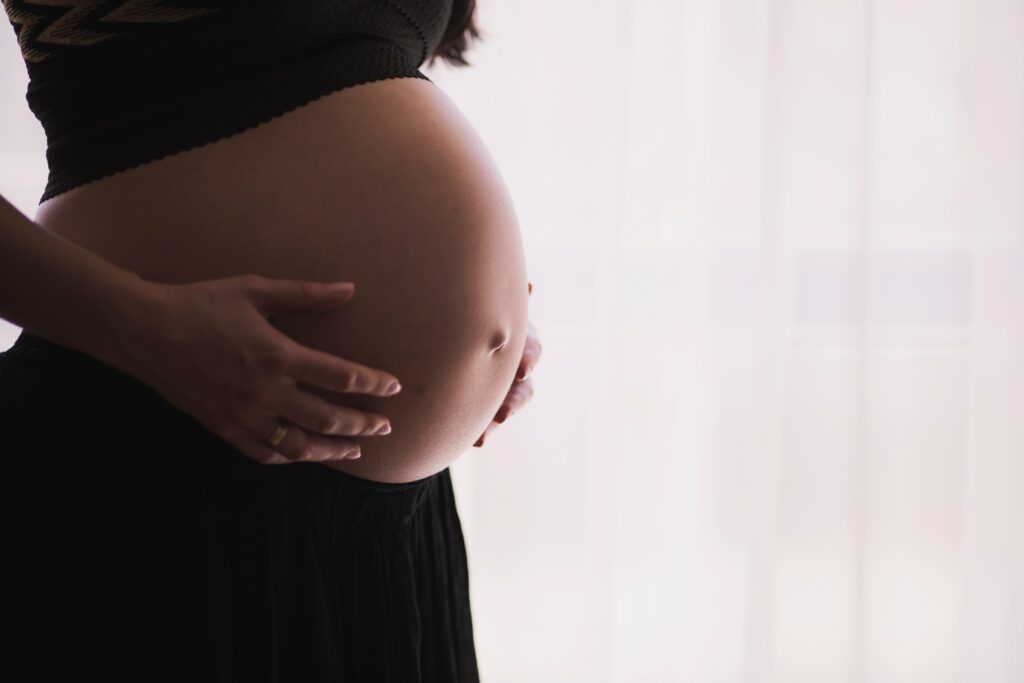
4 MAIN PHASES OF THE MENSTRUAL CYCLE
For context, let’s start with the menstrual cycle. Each month—during the years between puberty and menopause—a woman’s body goes through a number of changes. This series of hormone-driven events is called the menstrual cycle. During each cycle, an egg develops and is released from the ovaries. The lining of the uterus builds up. If a pregnancy doesn’t happen, the uterine lining sheds during a menstrual period. Thus, the cycle starts again. The length of each phase can differ from woman to woman, and it can change over time.
MENSTRUATION PHASE
The first phase lasts 3-7 days. Estrogen and progesterone are low. The lining of the uterus sheds, causing bleeding.
FOLLICULAR PHASE
Approximately 16 days, estrogen and progesterone are on the rise.
OVULATORY PHASE
This phase is quick: 2-3 days—estrogen peaks; testosterone and progesterone rise.
LUTEAL PHASE
The final phase is 12-14 days. Estrogen and progesterone levels are high. If the egg isn’t fertilized, hormone levels decrease and the menstrual cycle starts again.
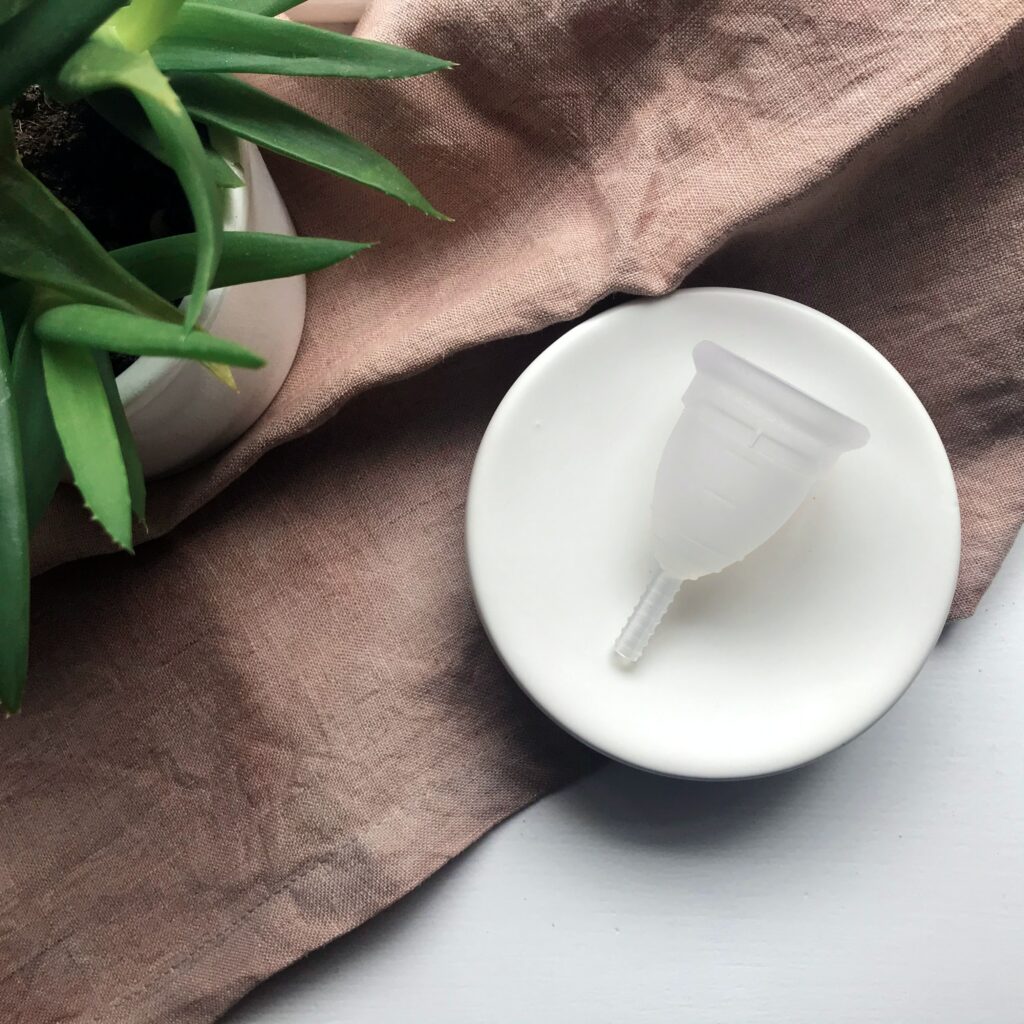
What is a fertility tracker?
A fertility tracker is a specialized device, designed to monitor and record various physiological and hormonal changes in your body—primarily focusing on your menstrual cycle and ovulation patterns. These trackers use advanced sensors, algorithms, and data analysis to provide insights into your fertility status. By tracking key indicators (I.e. basal body temp, cervical mucus consistency, hormone levels, etc.), fertility trackers aim to predict the most fertile days within a cycle. What do they look like? Fertility trackers come in the form of wearable devices and / or mobile apps.
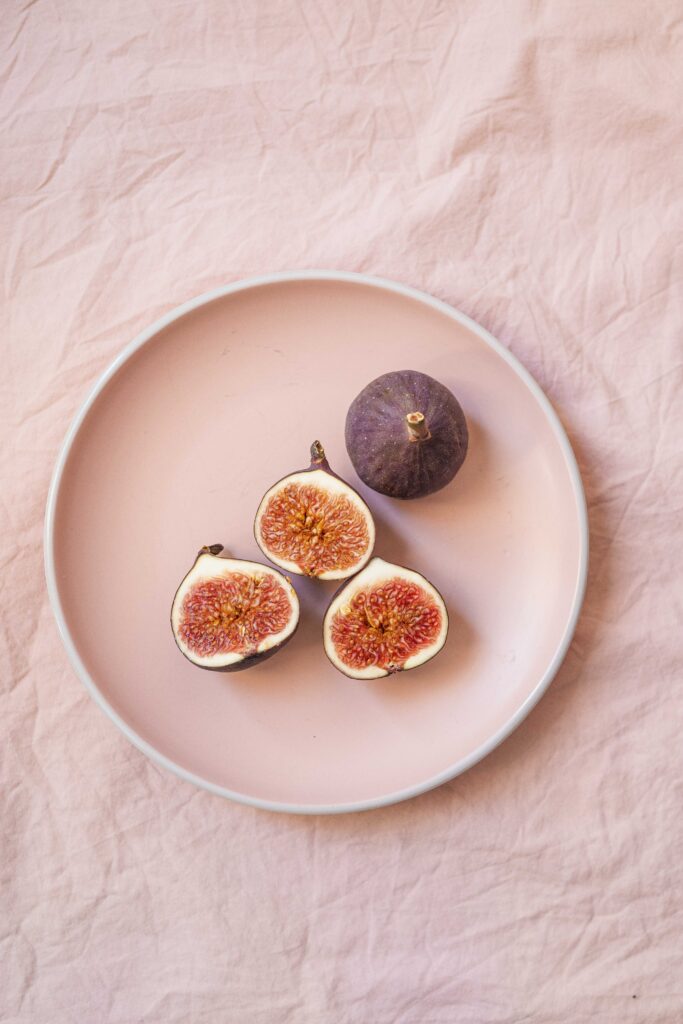
Ways to track your fertilitiy
Before we dive into specific fertility tracking devices, what are general ways you can track your fertility? While plenty of products promise to pinpoint your peak fertile time frame, not all are created equal.
Ovulation prediction kits
Let’s begin with ovulation prediction kits. These are sticks—held in urine for several seconds—designed to pick up increased luteinizing hormone (LH). In essence, a surge in LH occurs 24-48 hours before ovulation. Begin testing a day or two after your period ends and test through day 21. A double red line indicates you’re in your fertile window! If your periods are regular and you have no other complications, these kits are reliable and most are inexpensive.
wearables
Moving onto wearables. These are app-connected armbands or bracelets that measure fertility signals like basal body temperature (BBT). These are designed to predict fertile windows after gathering data for weeks or months. Over time, these wearables can detect bodily trends to pinpoint ovulation.
insertable devices
Last but not least, insertable devices. These are products placed in the mouth or vagina. They measure markers of fertility, including BBT and electrolyte levels. Some are worn like a tampon overnight. Others track fertility through saliva during days of the cycle. My favorite insertable device comes from kegg.
As a disclaimer: fertility trackers may not work well for women with irregular cycles, such as those with polycystic ovary syndrome.
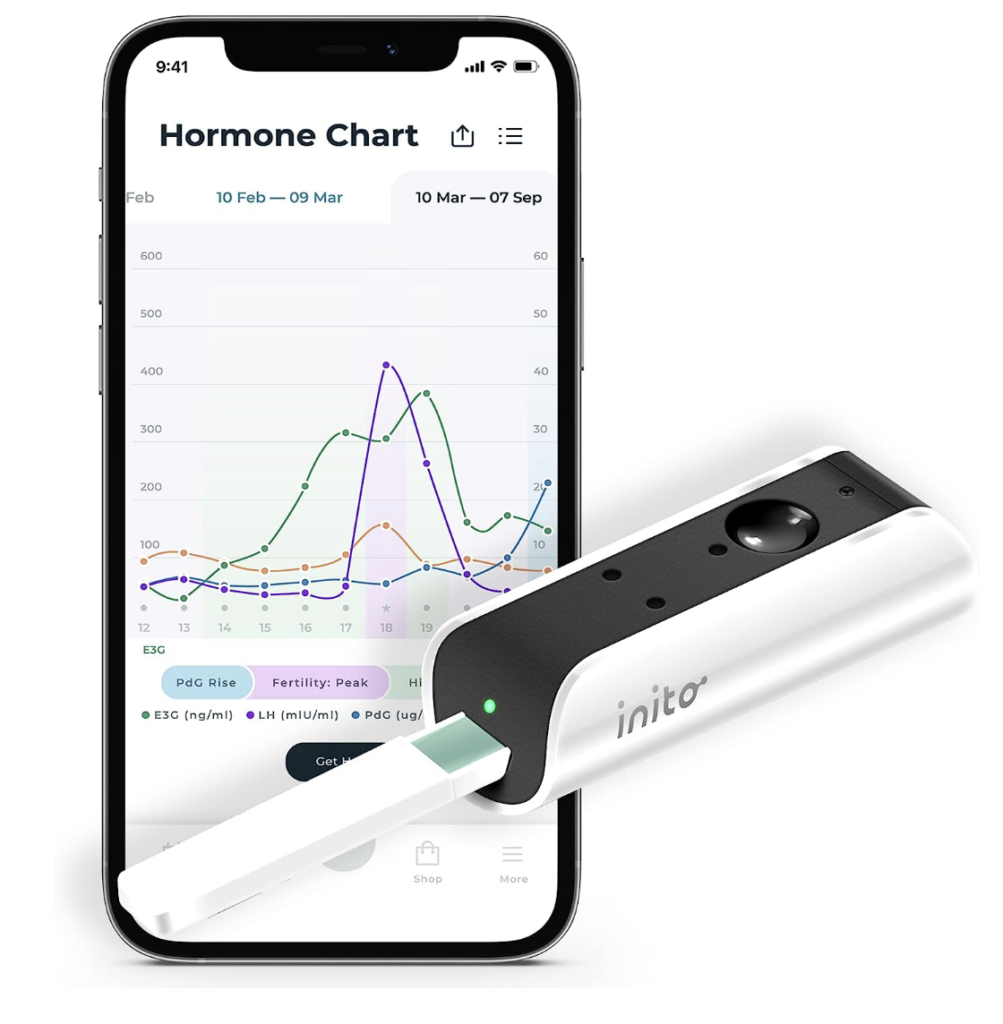
6 Best Fertility Tracker Devices
Ultimately, the aim is to choose a fertility tracker that aligns with your specific goals and lifestyle. For example, if you don’t want to take your body temperature every morning, consider a wearable device that records that for you.
Ava: Ava is a wearable fertility tracker that monitors multiple physiological parameters, including skin temperature, heart rate, breathing rate, and more. It provides insights into the menstrual cycle, ovulation, and sleep quality. It also syncs with a mobile app for comprehensive fertility tracking!
Tempdrop: Tempdrop is a wearable basal body temperature (BBT) sensor that tracks your temp throughout the night. In turn, providing accurate data for fertility predictions. It’s designed to be worn only during sleep.
Femometer Vinca: The Femometer Vinca is a BBT thermometer that connects to a smartphone app. It provides personalized insights based on your temp readings, helping you track ovulation and fertility patterns.
OvuSense: OvuSense is an internal, clinical-grade fertility monitor that tracks core body temp. It claims to predict ovulation up to a day in advance! It’s very precise.
Daysy: Daysy is a hormone-free solution for managing your fertility, cycles, and health. Daysy calculates when you are fertile and when you are not. Every morning when you wake up, you measure your body temp under your tongue.
Mira: Mira measures hormone concentrations in your urine to predict ovulation and fertility windows. It’s known for its high accuracy!

How to pinpoint your peak fertile time
Finding the optimal time for baby-making is surprisingly tricky. It’s a relatively short window! Your fertile window starts 24-48 hours before ovulation (end of your follicular phase) and ends 24-48 hours after you ovulate. To begin, get familiar with your menstrual cycle. How many days elapse between your periods? If you’re not sure, here’s how to find out: mark your calendar on the day you get your period. This is day one. Count each day until your next period arrives. You may need to do this for 3-4 months to get an accurate measure of your cycle’s length. Along with counting your cycle, get to know your cervical fluid!
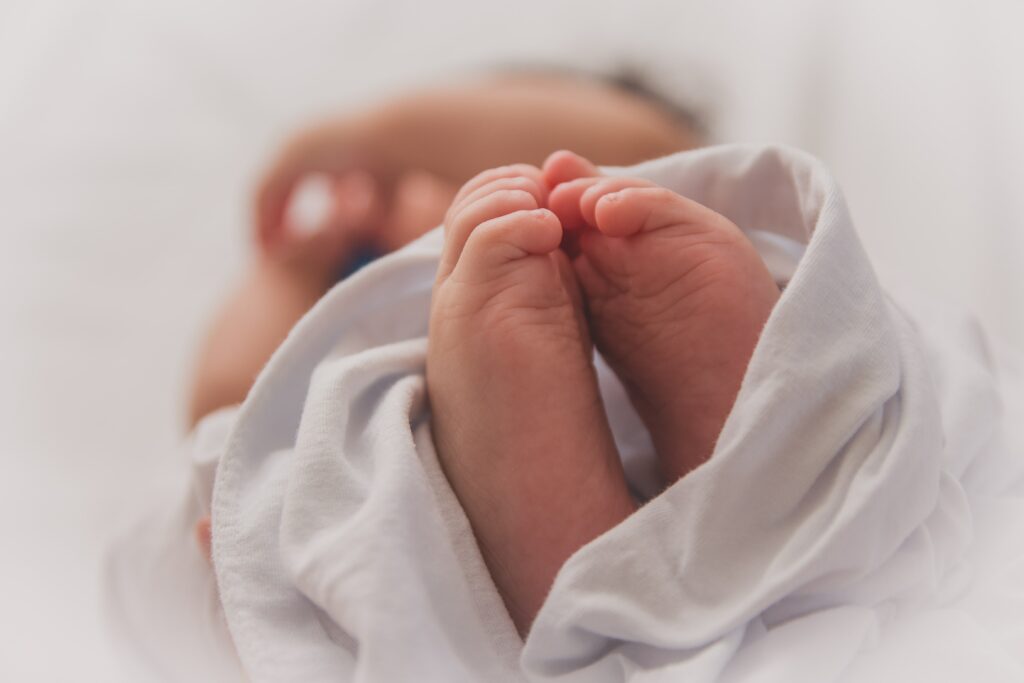
This article contains affiliate links. Thank you for supporting Wellness with Edie! This article is for informational purposes only. It is not, nor is it intended to be, a substitute for professional medical advice, diagnosis, or treatment and we recommend that you always consult with your healthcare provider.






